West Virginia University Core Arboretum
Introduction
Text-to-speech Audio
Images
Arboretum plaque
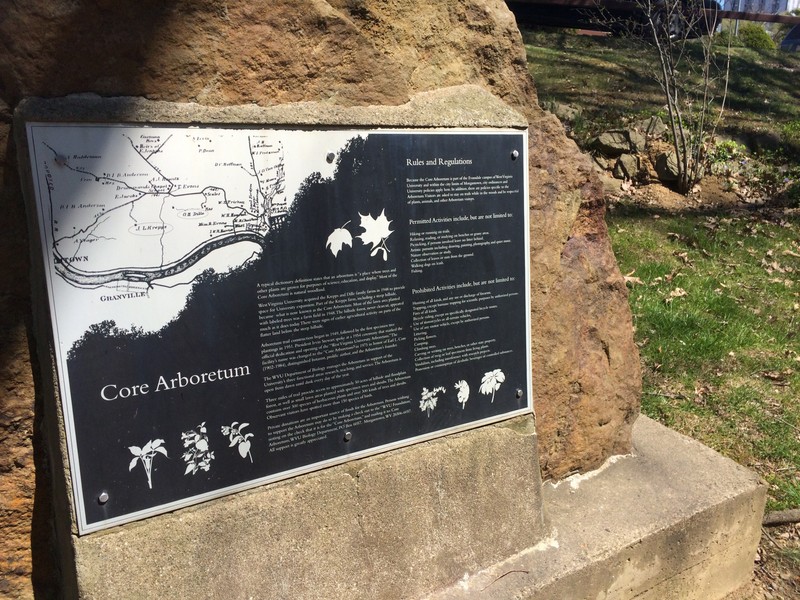
Virginia bluebells can be found blanketing the lower portions of the Core Arboretum near the Rail Trail.

Phlox are a five-petaled spring flower that grow in clusters.
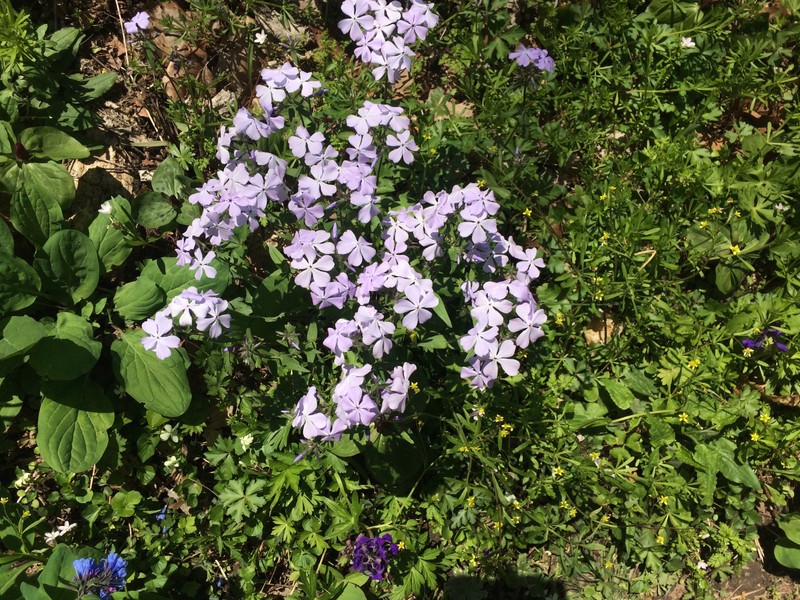
Trail at the arboretum
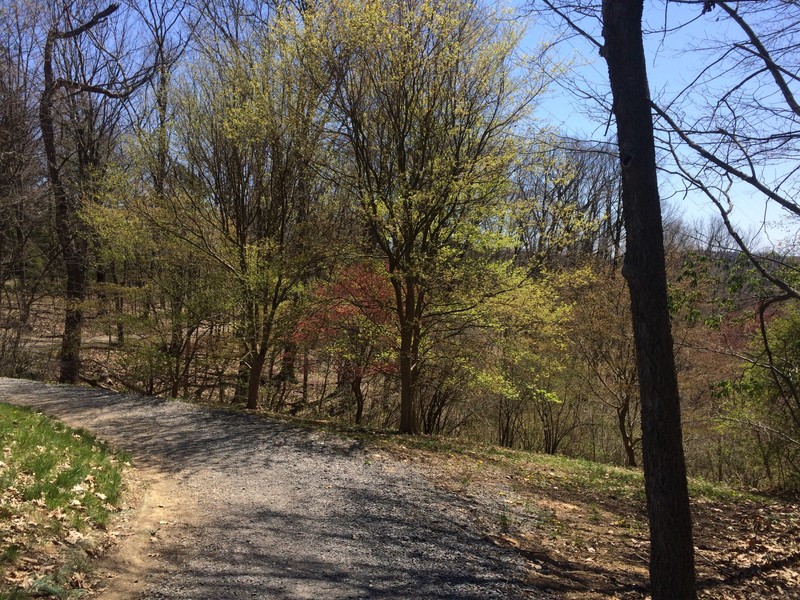
Foot bridge at the arboretum
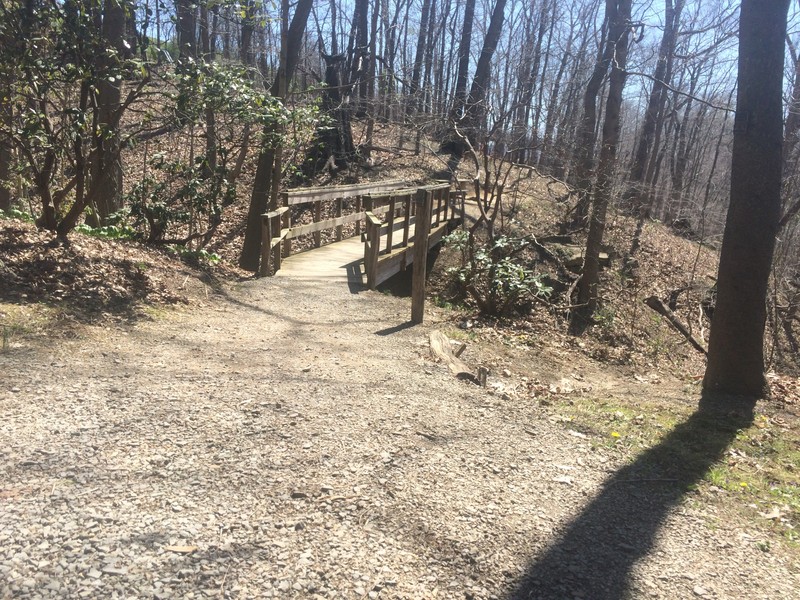
One of the many benches at the arboretum
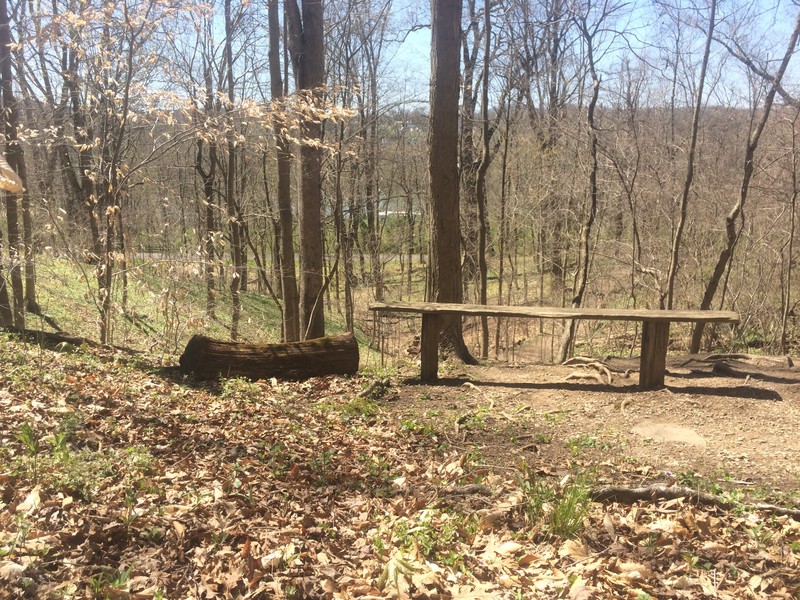
Volunteer events such as "Work Day Wednesdays" help get the community involved with caring for this precious natural resource.
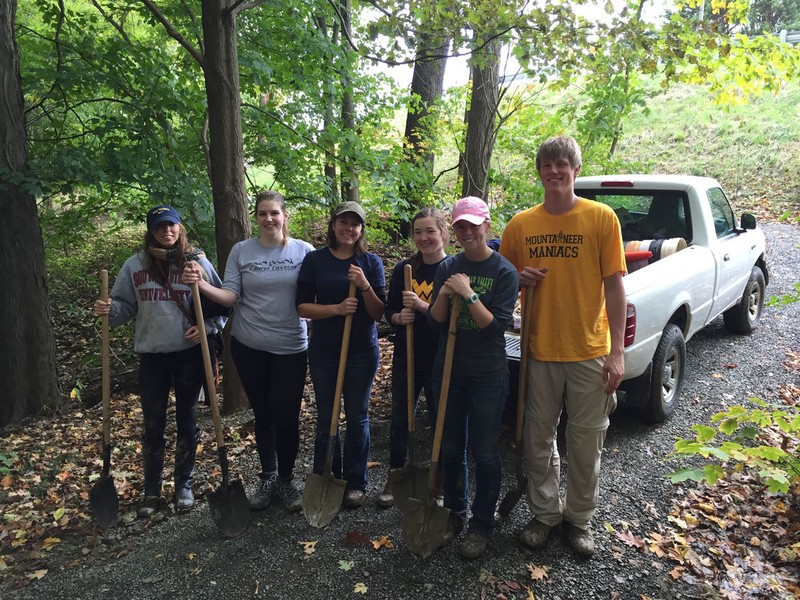
Backstory and Context
Text-to-speech Audio
The Core Arboretum owes its founding in large part to the WVU Biology Department, specifically biologist Earl Core. In the immediate postwar era, West Virginia University doubled in enrollment and put pressure on administrators and city planners to configure how the University would grow. Their solution was to acquire farmlands that later became the Evansdale campus.1 The Biology Department and Dr. Core asked the University to set aside this area as it was already being used as a research and teaching space by the department. Much of this land was preserved, old growth forest due to the steep, 200-foot elevation drop that would have been impossible to farm. Originally the arboretum included the land that is now occupied by the WVU Coliseum, Dick Dlesk Soccer Stadium, baseball fields, and several indoor training facilities used by different WVU Teams. Today, the 91 acres of forest within the Core Arboretum is home to a wide variety of plants and animals indigenous to the region, as well as some trees that are over 200 years old.
In addition to the Arboretum's namesake, some of the trails at the Arboretum bear the names of important naturalists at WVU, including the Guthrie Loop (Roland L. Guthrie, curator and professor of Biology), Strausbaugh Loop (Dr. P.D. Strausbaugh, former head of the Biology Department), Taylor Trail (Dr. Leland H. Taylor, former professor of Zoology), Sheldon Trail (Dr. John Lewis Sheldon, former professor of Biology) Melvin Brown Trail (Dr. Melvin Brown, Mineral County botanist and benefactor of WVU), Rumsey Trail (William Earl Rumsey, entomologist and botanist for WVU and the state), and Nuttall Trail (Lawrence William Nuttall, Fayette County amateur biologist).2
The arboretum is famous for its annual Wildflower and Bird Watching Walks that take place every spring, where you can see over 40 different species of flowers as well as over 70 different kinds of birds. The arboretum also hosts a Pawpaw Festival every fall. In addition to these events, the arboretum boasts hiking trails and beautiful scenery that can be enjoyed in all seasons.
Cite This Entry
Ghazarian, Joseph et. al. "West Virginia University Core Arboretum." Clio: Your Guide to History. August 30, 2017. Accessed April 6, 2025. https://theclio.com/tour/919/13
Sources
2. Core Arboretum brochure.
Best College Reviews. "The 50 Most Beautiful College Arboretums." Accessed August 2017. http://www.bestcollegereviews.org/features/most-beautiful-arboretums/
Doherty, William T., Jr., and Festus P. Summers. West Virginia University: Symbol of Unity in a Sectionalized State. Morgantown: West Virginia University Press, 1983.
Oral history, derived from interviews with the Director of the Arboretum, Zach Fowler, in November 2016.
West Virginia University. "About." WVU Core Arboretum. Accessed August 2017. http://arboretum.wvu.edu/about
West Virginia University. Core Arboretum brochure. Accessed August 2017. http://arboretum.wvu.edu/files/d/6bf58f45-964d-44ca-8495-056c1992ab9a/arboretum-brochure.pdf

